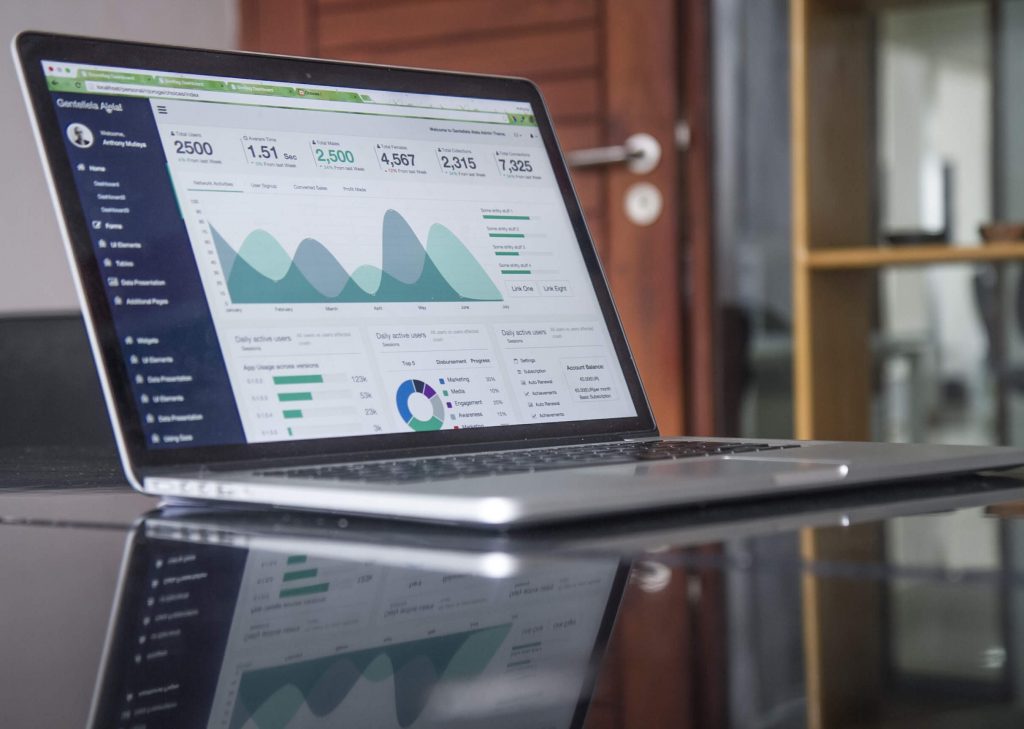Data analytics is a rapidly growing industry that helps businesses to make valuable conclusions and bring data-driven decisions. The process is getting increasingly important as people produce a staggering 2.5 quintillion bytes of data every day.
But what exactly is data analytics and how does it affect your business? By definition, data analytics is the science of analyzing raw data in order to make conclusions about that information. If you analyze information properly, you get a number of benefits such as:
- Performance optimization
- Risk reduction and fraud prevention
- Market trends anticipation
- Product personalization
These and many other advantages should certainly inspire you to think about the best business intelligence tactics. In this post, we will show you seven essential steps to analyze your data.
1. Identify Research Questions
The first stage of business intelligence is always to clearly specify your research questions. What is it that you want to measure? Do you have the right datasets? What’s the ultimate purpose of your research? You have to answer all of these questions before moving forward.
For instance, you might be thinking about cutting the number of customer service agents. The plan itself can cause so many consequences and you need to calculate the possible implications very accurately. In this case, one of the questions you would like to ask is: Can I minimize the customer service unit without reducing quality?
2. Define Measurement Priorities
Now that you know what to analyze, you also need to determine how to do it. Generally speaking, it’s a two-phase process in all situations:
- Decide what to measure: You need to select key performance indicators that are easy to measure. For instance, paper writing services and assignment help agencies track the number of new vs returning clients. Doing so, they can figure out which audience group requires more time and lead generation investments.
- Choose the measurement method: Find the best measurement model to ensure data precision and accuracy.
3. Data Accumulation
So far, you’ve set the foundation for data analysis, but now it’s time to collect data and create a vast information library. This is very important because you cannot make reliable decisions using a limited source of information.
The first thing you should check is your existing database. Perhaps you already have a substantial amount of information and there is no need to look for more. This is often the case with website performance analysis where almost every little piece of information you need is available instantly.
If you can’t get enough data this way, then you can think about conducting interviews, examining relevant business reports, and doing all other things that can help you acquire relevant information.
4. Data Filtering
You may now have a huge data library, but it doesn’t mean you can launch the analysis immediately. Before you can switch to this task, you need to clean all datasets and remove irrelevant information.
Jake Gardner, a big data specialist at RushMyEssay, says junk data can get you off the right track and generate a bunch of invalid results: “This means you have to eliminate all features that don’t relate to your research directly.”
5. Conduct the Analysis
With everything you’ve done by now, you are free to finally launch and conduct the analysis. Most professionals tend to divide the process into three units, following the chronological order:
- Historical achievements: The first group of results explains previous business achievements. This is very important because you need to compare results with the current state of affairs.
- The current situation: Now you need to identify the good and the bad sides of your business. We are not talking about the past or future events, but rather about the existing situation in your company.
- Trend prediction: With the two sets of conclusions we just described, you should be able to draw meaningful conclusions and predict the future trends and directions in which your company should be going.
6. Interpretation of the Results
You have a full set of relevant results, but the analysis is not over yet. Namely, you need to discuss the results with your team and determine how it can help you to improve your business. You should think about the following:
- Can I answer my research question clearly and accurately?
- Is there anything wrong or suspicious about these results (and what)?
- Did you forget to discuss or analyze something?
7. Presentation
Okay, you are finally getting closer to the end of your data analysis and the only thing left is to make a good presentation of the results and conclusions. While you probably understand everything perfectly, your team members and clients might need a simplified version of the analysis. We believe that visual presentations are the best way to explain your findings.
People process visual information much faster than plain text, so don’t run away from charts, infographics, diagrams, or any other type of visual content that can help you to present the analysis clearly. It won’t only make your end product better but also ensure easier comprehension.
Conclusion
Data analytics is the basic precondition for the successful functioning of the business. You need to have a perfect HR software to have your analytics done correctly. Customers generate enormous information volumes on a daily basis and you must utilize this valuable source of knowledge to improve your offer, products, and services. We showed you seven essential steps to analyze your data, so now it’s your turn to take the first step!
AUTHOR BIO
Kurt Walker is a data analyst and a blogger at essay geeks, but he also creates content for agencies like edugeeksclub and college paper writing service. Kurt’s favorite topics include business intelligence, big data, and professional self-improvement. In his spare time, Kurt loves to hang out with his friends in his old London neighborhood.
